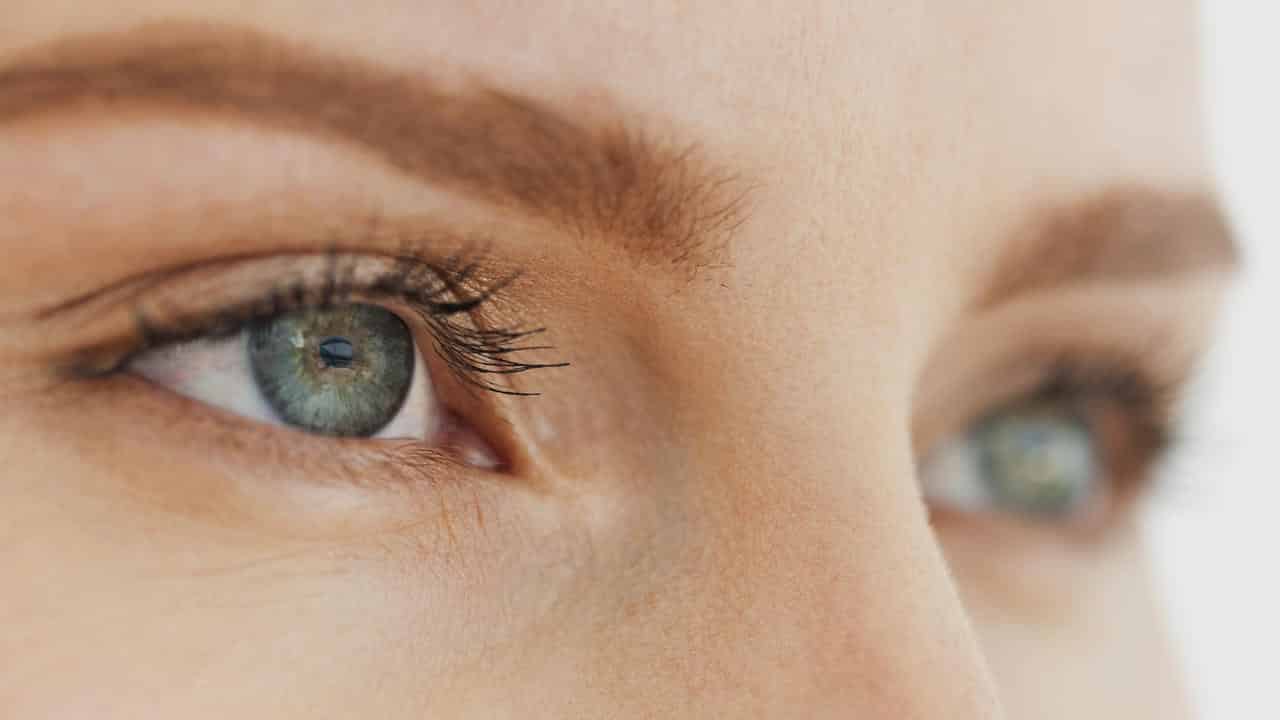Until now, all artificial retinal research has used only rigid, hard materials. The new research, by Vanessa Restrepo-Schild, a 24-year-old doctoral student and researcher at Oxford University’s Department of Chemistry, is the first to successfully use biological, synthetic tissues, developed in a laboratory environment. The study has the potential to reform the bionic implant industry and the development of novel, minimally invasive technologies that very nearly resemble human body tissues, assisting to treat degenerative eye disorders such as Retinitis pigmentosa.
When light strikes either the rods or the cones of the retina, it’s converted into an electric signal that is relayed to the brain via the optic nerve. The brain then translates the electrical signals into the images a person sees. It can be compared to a camera. Just as photography depends on camera pixels reacting to light, vision relies on the retina performing the same function.
The synthetic retina created by the team led by Vanessa Restrepo-Schild consists of 2 layers. It is created using soft water droplets (hydrogels) and retinal cell membrane proteins. Designed like a camera, the cell membrane proteins act as pixels, detecting and responding to light, which further creates a grey scale image. Vanessa is of the opinion that ‘The
synthetic material can generate electrical signals, which might stimulate the neurons at the back of our eye just like the original retina.’The study, published in the journal Scientific Reports, shows that unlike existing artificial retinal implants, the cell-cultures are created from natural, biodegradable materials and do not contain foreign bodies or living entities. In this way the implant is less invasive than a mechanical device, and is less likely to have an adverse reaction on the body. Miss Restrepo-Schild added: ‘The human eye is incredibly sensitive, which is why foreign bodies like metal retinal implants can be so damaging, leading to inflammation and/or scarring. But a biological synthetic implant is soft and water based which is much friendly to the eye environment.’
Miss Restrepo-Schild has filed a patent for the technology and the next phase of the work will see the Oxford team expand the replica’s function to include recognising different colours. Working with a much larger replica, the team will test the material’s ability to recognise different colours and potentially even shapes and symbols. Looking further ahead the research will expand to include animal testing and then a series of clinical trials in humans.






























